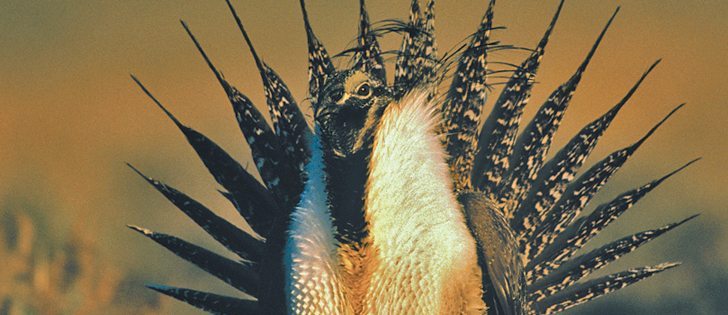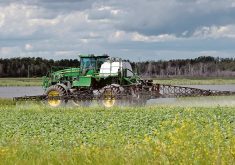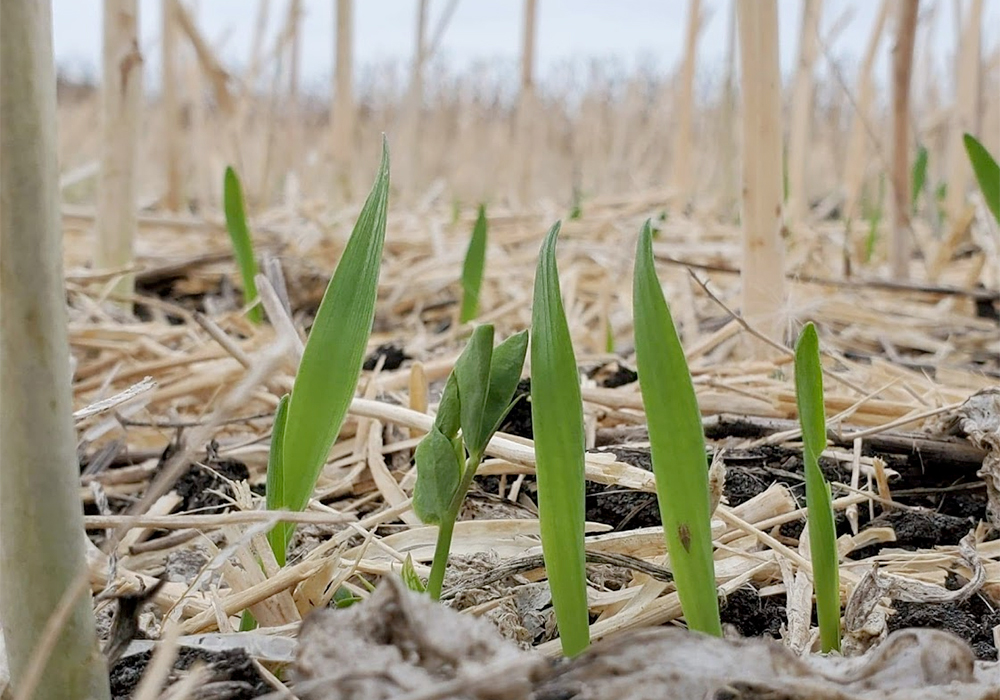Sage grouse | Medicine Hat and an energy company question new restrictions
The City of Medicine Hat and LGX Oil and Gas Inc. are challenging a federal emergency order designed to preserve Alberta and Saskatchewan’s dwindling sage grouse population.
An application was filed Jan. 3 that seeks judicial review of the order, which would restrict activity, noise and building in a 1,700 sq. kilometre region of southeastern Alberta where as few as 50 sage grouse live.
The matter appears to be developing as a classic case of energy development in conflict with environmental concerns.
“The main reason behind it is to buy some time so that we can talk to the federal government,” said Medicine Hat councillor Bill Cocks, who chairs the city’s energy committee.
Read Also

Farming Smarter receives financial boost from Alberta government for potato research
Farming Smarter near Lethbridge got a boost to its research equipment, thanks to the Alberta government’s increase in funding for research associations.
“The order was imposed without any consultation with the city or LGX Oil and Gas, who is our partner in the lawsuit. We’ve been operating this oil field for about two years now.”
Cocks said the emergency order, which was announced late last year and will go into effect Feb. 18, caught the city off guard.
The city has been working with Alberta Environment to mitigate effects on sage grouse, he added, but the federal emergency order includes “very drastic measures” that would prohibit operation of oil wells at certain times of year. Oil revenues are part of the city’s budget.
“It left us in an almost impossible situation,” Cocks said.
“We’re not here to operate this oil field come hell or high water. We want to work with the department of environment to try and protect the species. If their advice simply is, ‘you can’t operate at all,’ … which we’re saying it is the effect of their order, then we’re going to be looking to some sort of compensation because we’ve got a big investment here and we’re counting on certain income stream to come from this oil field.”
Cliff Wallis, vice-president of the Alberta Wilderness Association, said the city and LGX should have expected changes.
“They should have been clear-eyed in their purchase,” he said.
“Both companies have purchased their assets in the last couple of years and the problem with sage grouse and many other species at risk has been known for decades, so to think that there wouldn’t be any further restrictions shows that they didn’t do their due diligence.”
The emergency order affects ranchland in the region. Though it imposes few restrictions on fencing and structures, it does call for reduced grazing on federal and provincial crown land.
“The ranching is not the problem,” said Wallis.
“There may be some tweaking that we can do with the ranchers and we’re exploring those kinds of possibilities.”
Wallis said most but not all ranchers in the region approve of the emergency order, a comment supported by Cocks and Western Stock Growers Association president Aaron Brower.
“That’s kind of a conflicted little issue,” Brower said of the order and the application for implementation delay.
“I think the next thing endangered on the list might be the landowner and the rancher.”
Brower said the order is likely to harm some ranching operations and reduce economic activity in the region. He suggested it is a harbinger of greater restrictions.
“Once they put an order in on the crown land, it’s just going to be a matter of time before they do everything else. I don’t think it’s a good thing.”
Brower said sage grouse are still hunted in some U.S. states, and southeastern Alberta is the northern tip of their range. Ranching and energy extraction are not the only pressures affecting bird numbers, he added.
“The sage grouse, they come and go,” he said.
“When the numbers down across the line get lots, then they move up here, and when things down there get a little thinned out, then they move back home.”
He said ranching benefits many species, including sage grouse.
Cocks said a rancher told him that an increase in coyotes, cougars and raptors in the region is a major factor in reduced sage grouse numbers, possibly more significant than oil extraction activities.
He said the city and LGX have followed advice from Alberta Environment to protect the grouse by curtailing activities on some well sites and minimizing surface disturbance of native plants.
However, Wallis said the emergency order is essential so that sage grouse protection can proceed after years of decline.
“We’ve known about the problem with sage grouse for decades and working on recovery planning and that for at least the last 10 years,” he said.
“We have plans, but we didn’t have any teeth behind those plans, or any resourcing. So that’s why groups like ours took the government of Canada to court and got the emergency order.”


















